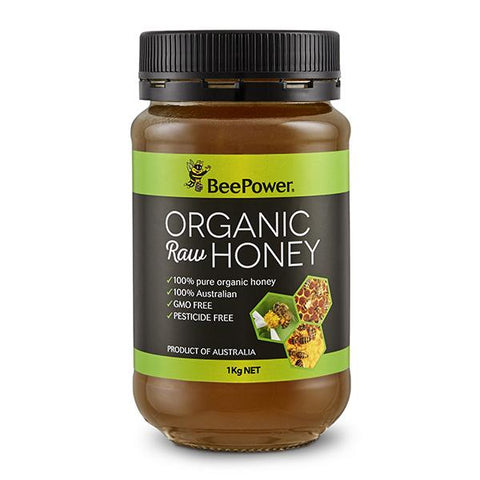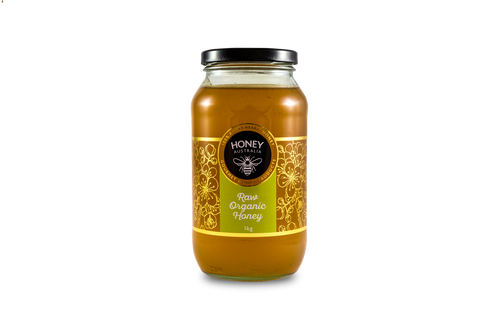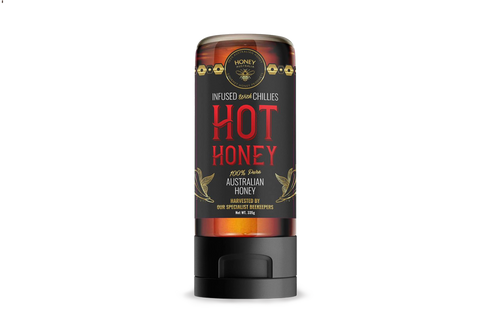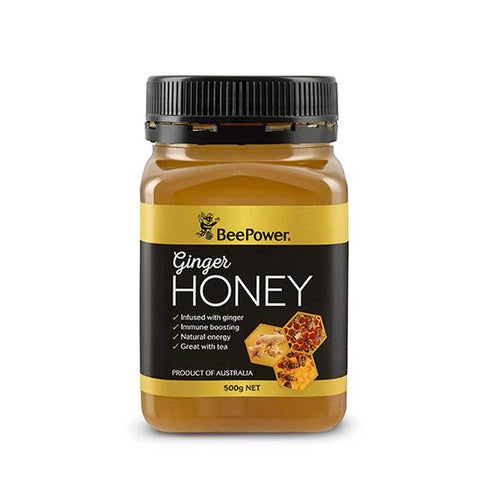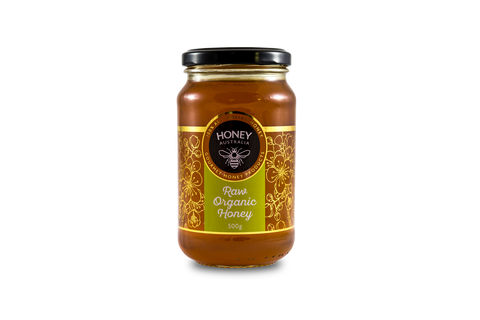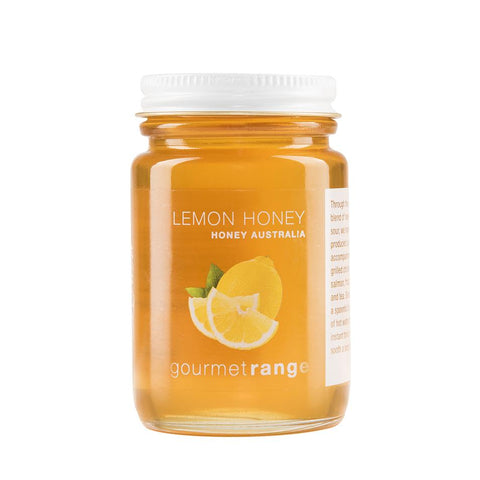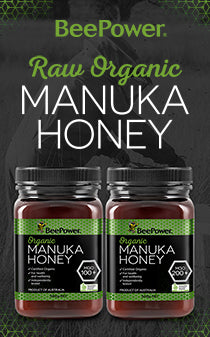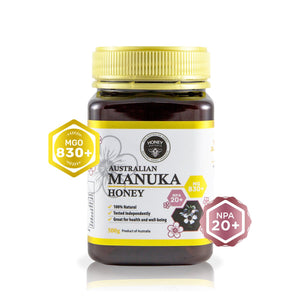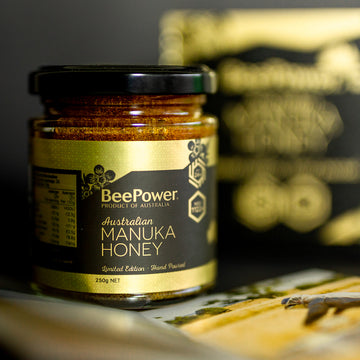Q: Uh-oh my honey has turned hard and crunchy. Is it still alright to eat?

Yes, definitely! You can relax in the knowledge that your honey is not only a delicious and healthy sweet treat, but also that its texture changing in this way proves that it is a pure and natural product. This is because raw and unfiltered honey will naturally crystallise with time, unlike conventionally produced honeys which may contain additives to keep them liquefied, or have been pasteurised at high temperatures which destroys nutrients and enzymes, or have been exposed to GMOs and toxic chemicals, such as pesticides.
Pure, raw and unfiltered honey is the unique product of busy little bees that can cover a radius of anything up to 10 kilometres during nectar collection. Anything that takes so much work to make must be good, and it is no wonder that honey has so many important health benefits: it is a natural for easing sore throats, it kills bacteria and helps heal cuts and wounds faster, and it is a quick-acting energy source, to name just a few.
With real honey, such as the 100% natural, certified organic, raw and unfiltered honey from Honey Australia, crystallisation happens naturally and spontaneously, and has no negative effects on the honeyitself – in fact, it helps to preserve the nutrients and quality. Some honeys crystallise uniformly, becoming a completely solid mass, while others only become partially crystallised with either large crunchy particles or tiny bubbly ones. Seasonal, weather and regional differences, along with nectar and pollen sources, will all affect honey’s taste, texture and colour.
Let’s take a closer look at the science of how crystallisation works. Honey is made up of water and a combination of natural sugars, mainly fructose and glucose. Over a period of time – sometimes just a few weeks or sometimes longer, it depends on the storage method and weather (crystallisation happens faster in colder temperatures) – the water starts to separate from the glucose and the sugars bind together and form little crystals, which makes the honey harden. This process continues, with new crystals adding onto the older ones, until all the glucose is crystallised. The pollen traces found in real, raw and unfiltered honey speed the process, because these tiny particles provide a base for the crystals to build on. The type of flower nectar used to make the honey also affects how quickly or slowly it crystallises – for example, clover and lavender honey are higher in glucose, and will therefore crystallise faster.
You can eat and enjoy crystallised honey just as it is – in fact, many people prefer it, because it is so much easier to spread on toast and you avoid the drips; it’s also delicious as a crunchy topping for porridge or fruit salad. However, if you want to return it to its smooth, liquid consistency, simply pop the jar into a bowl, add enough warm water to come up the sides of the jar and let it sit – you can speed up the process by stirring it with a spoon.

